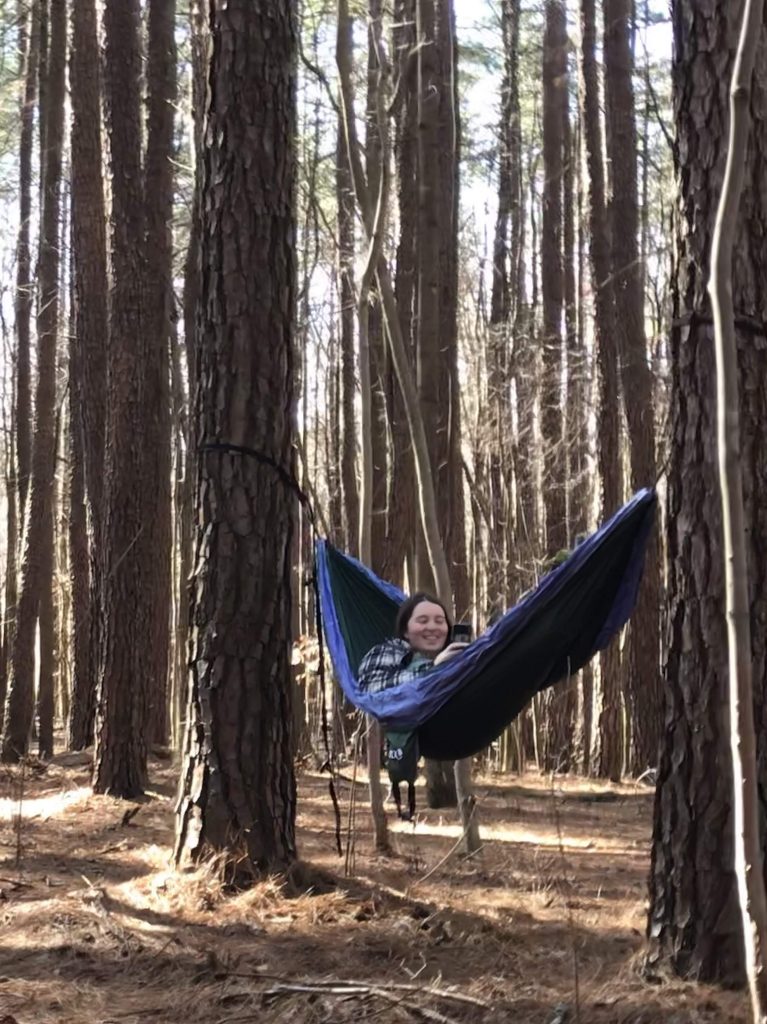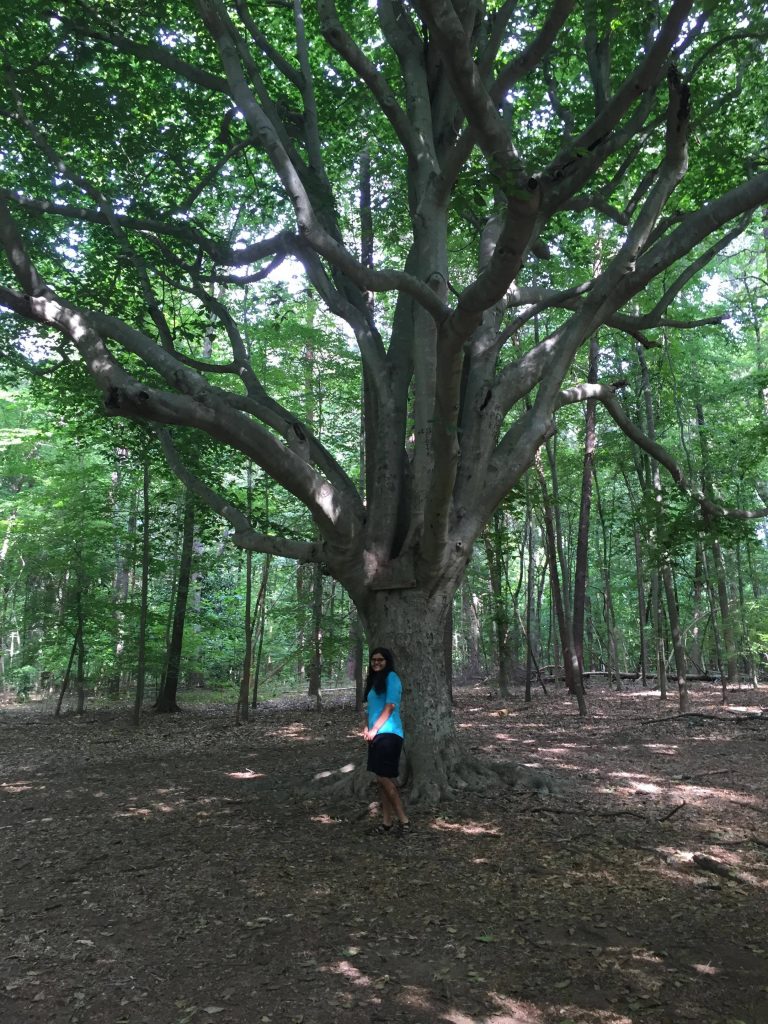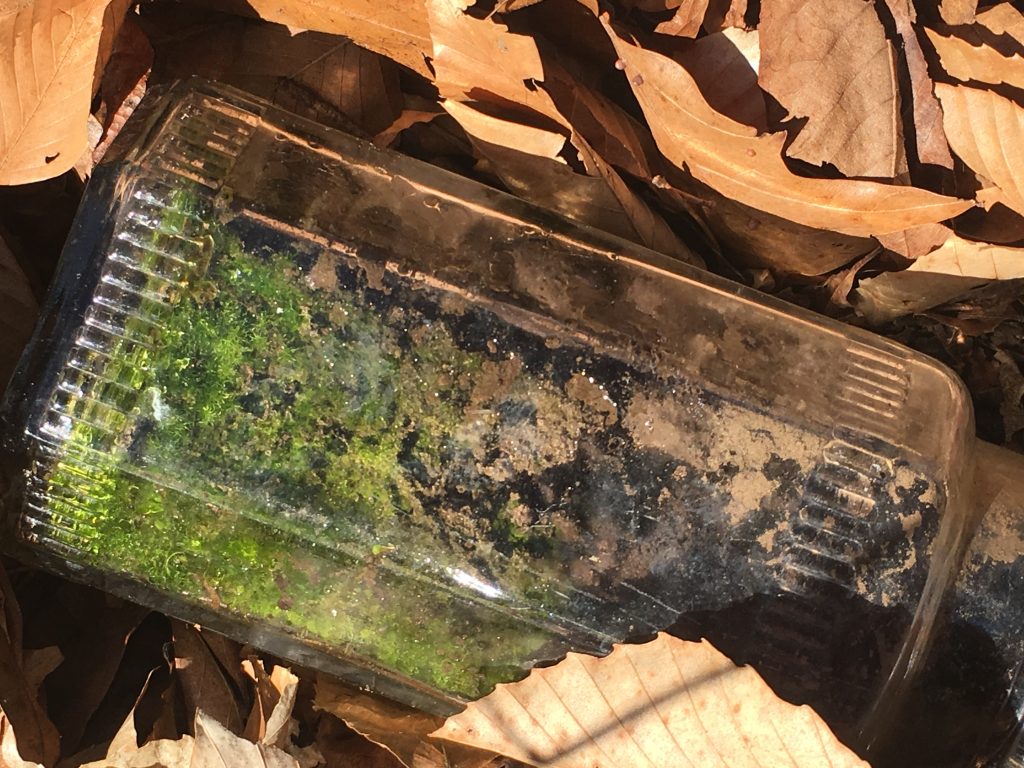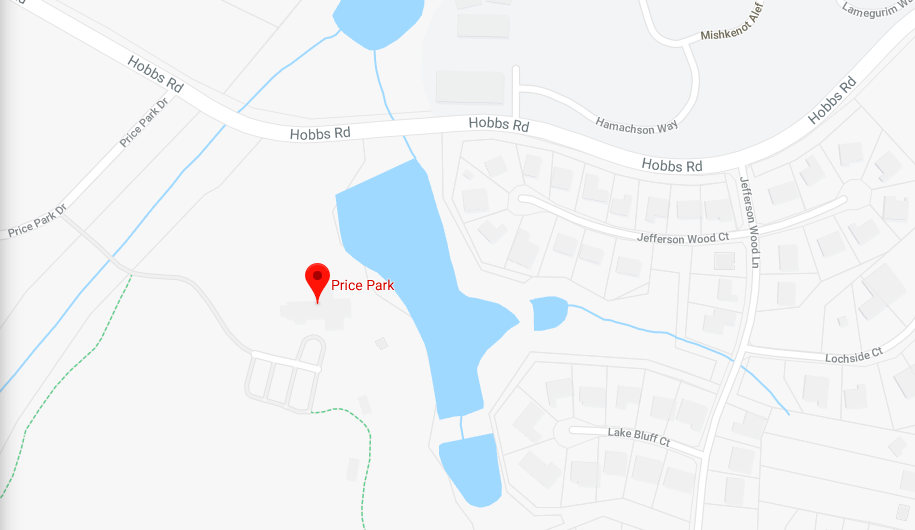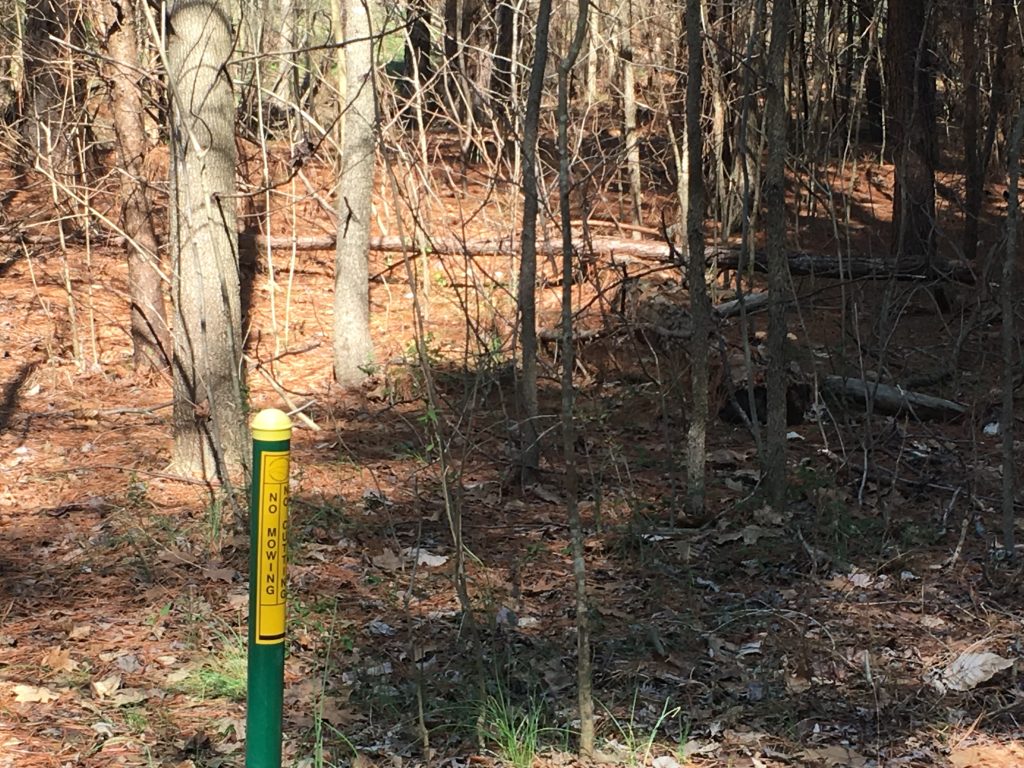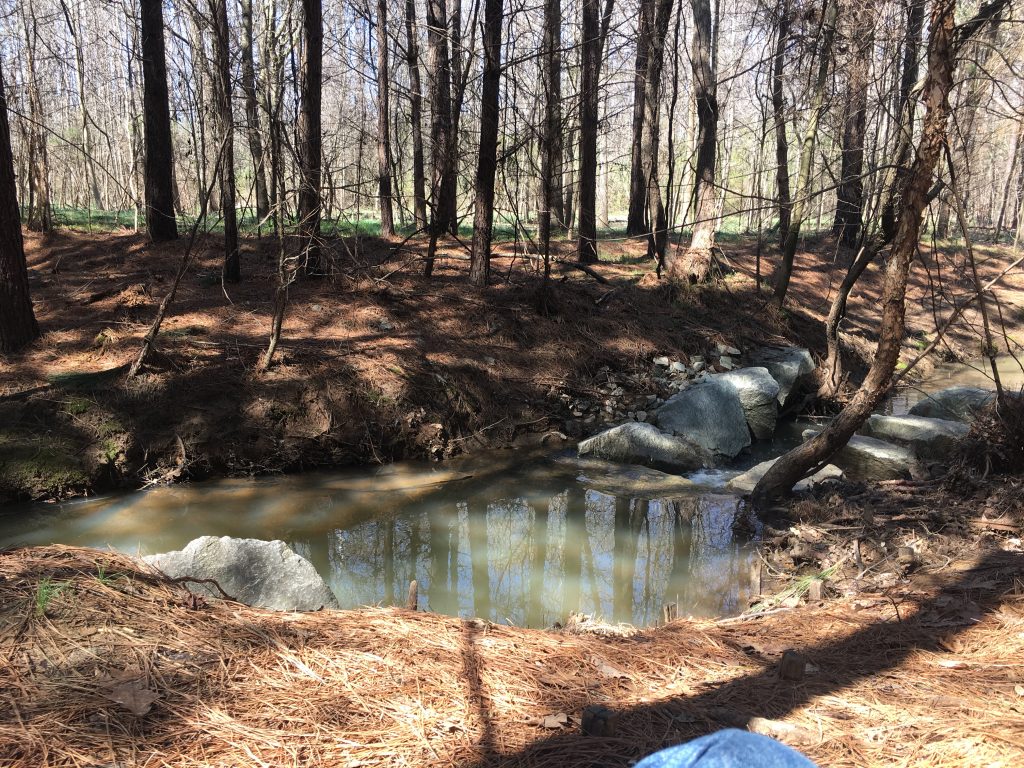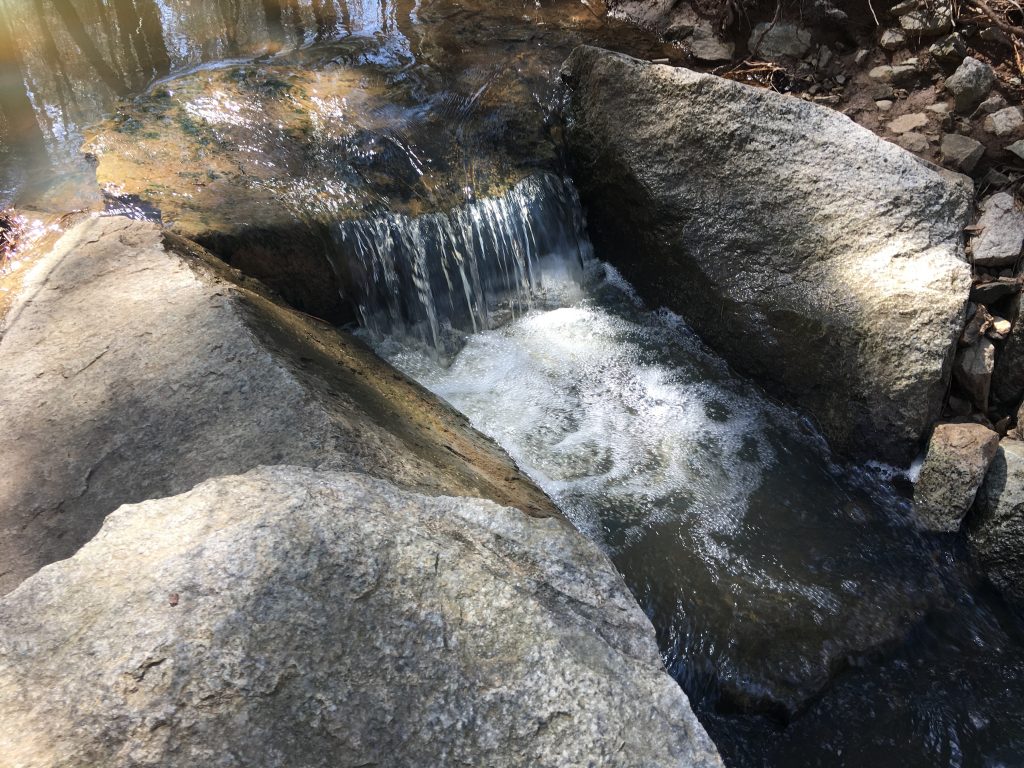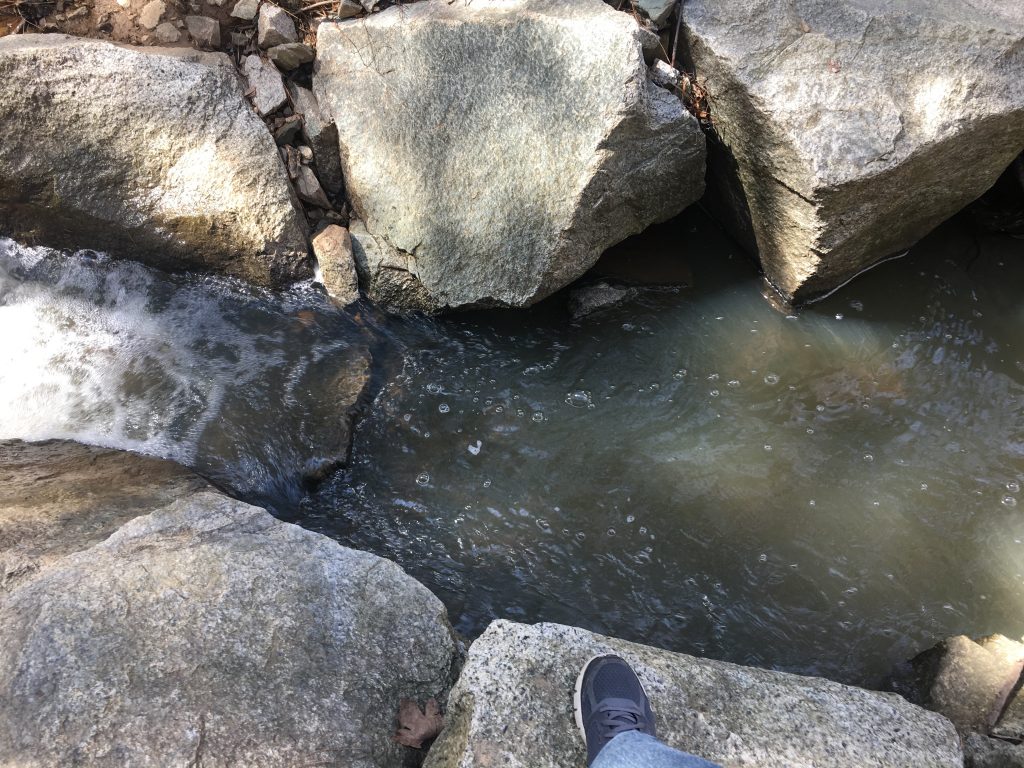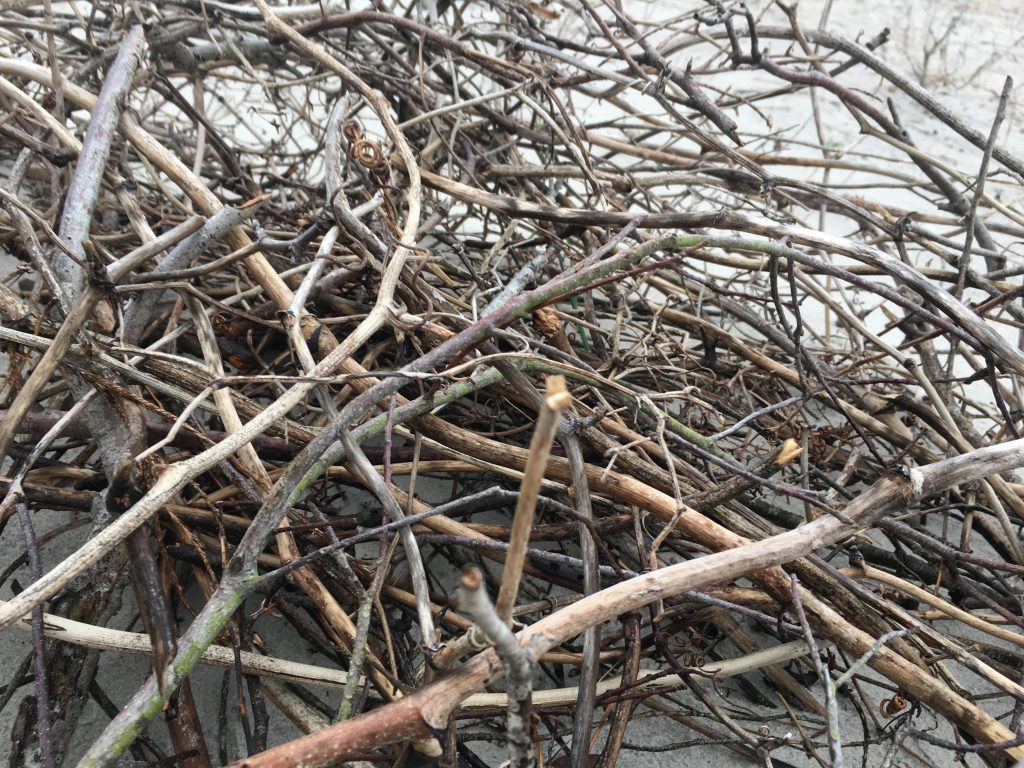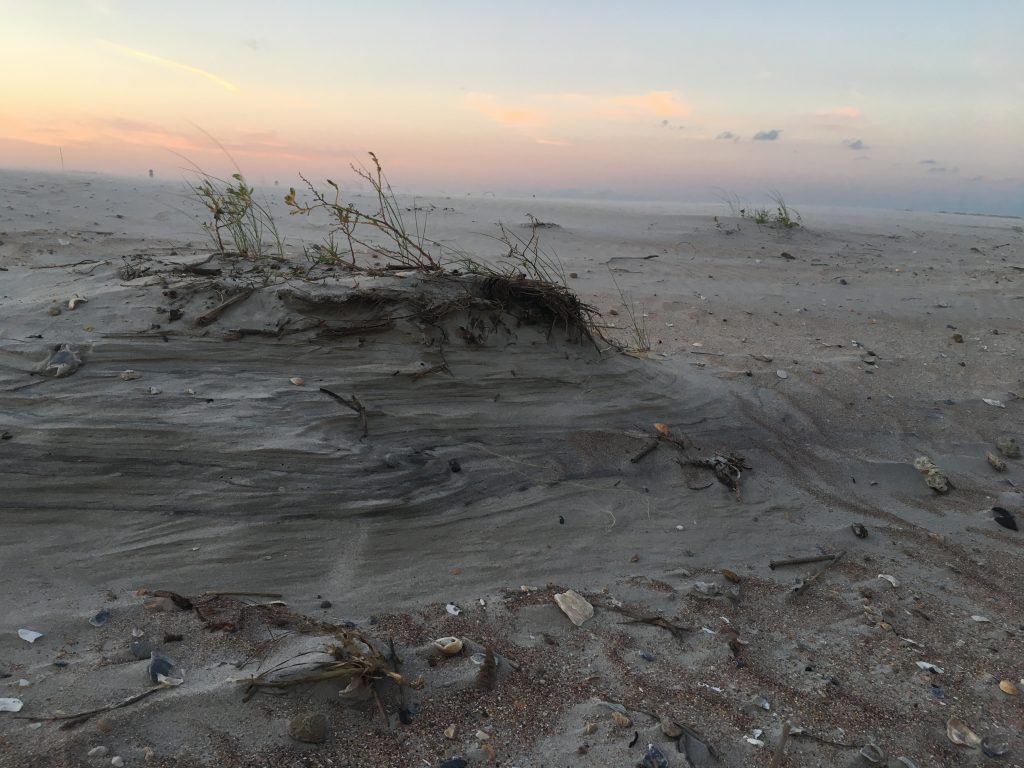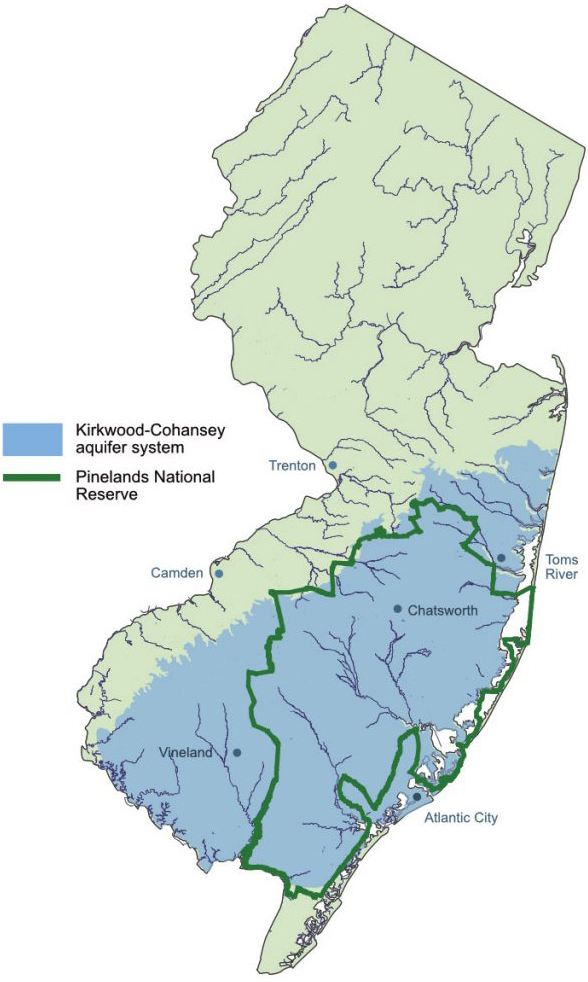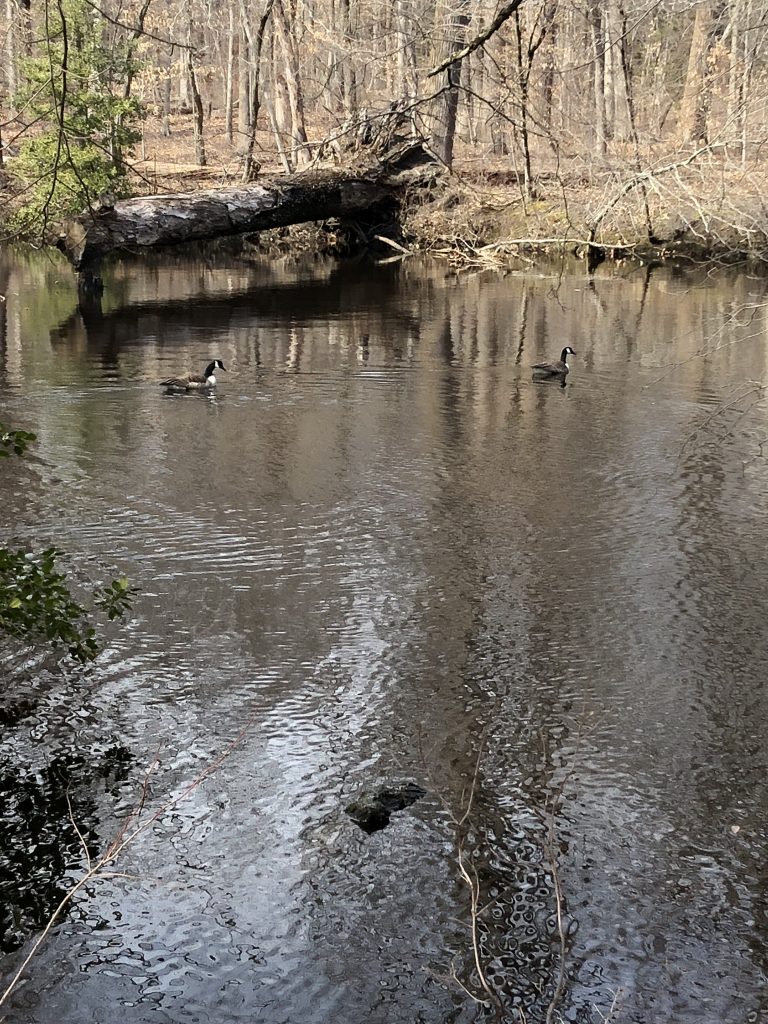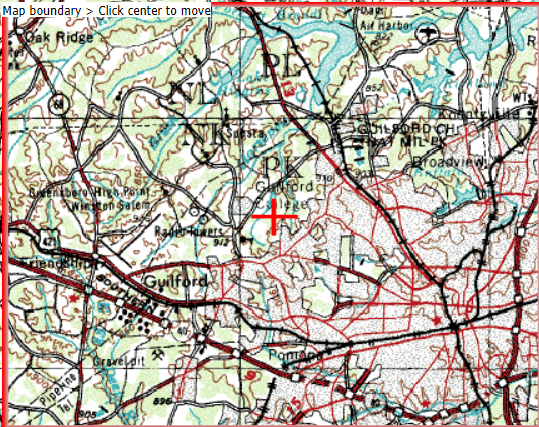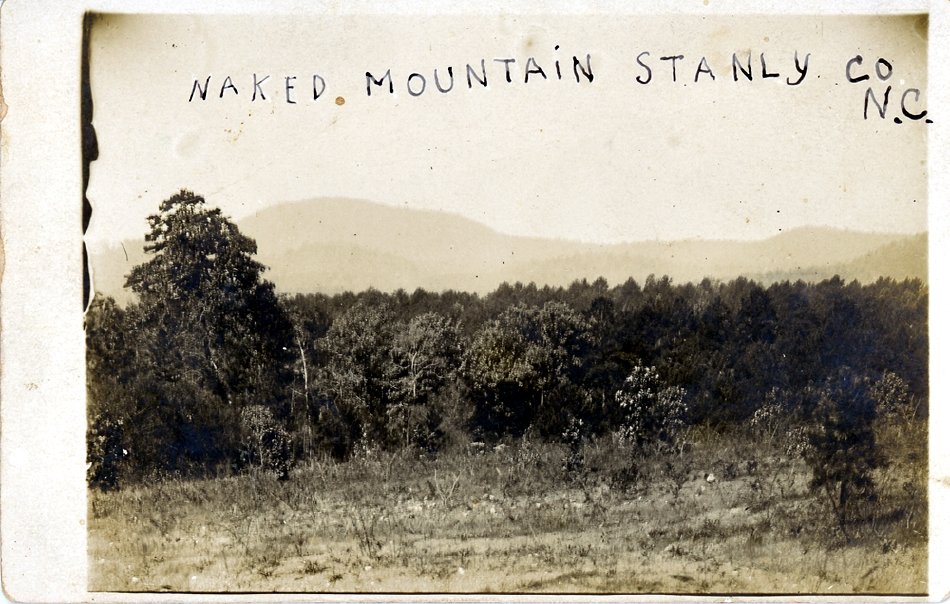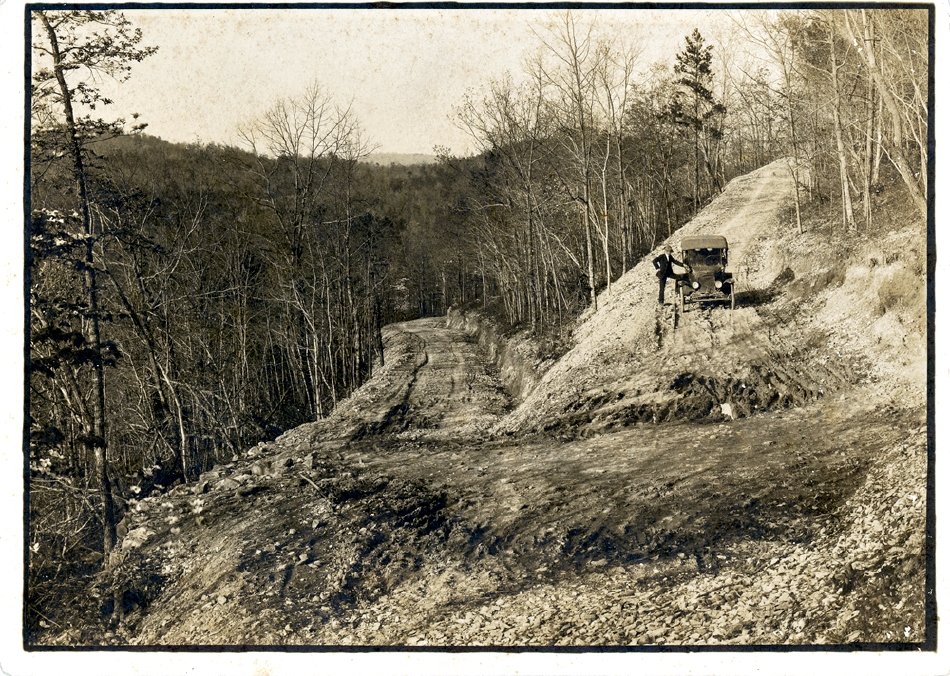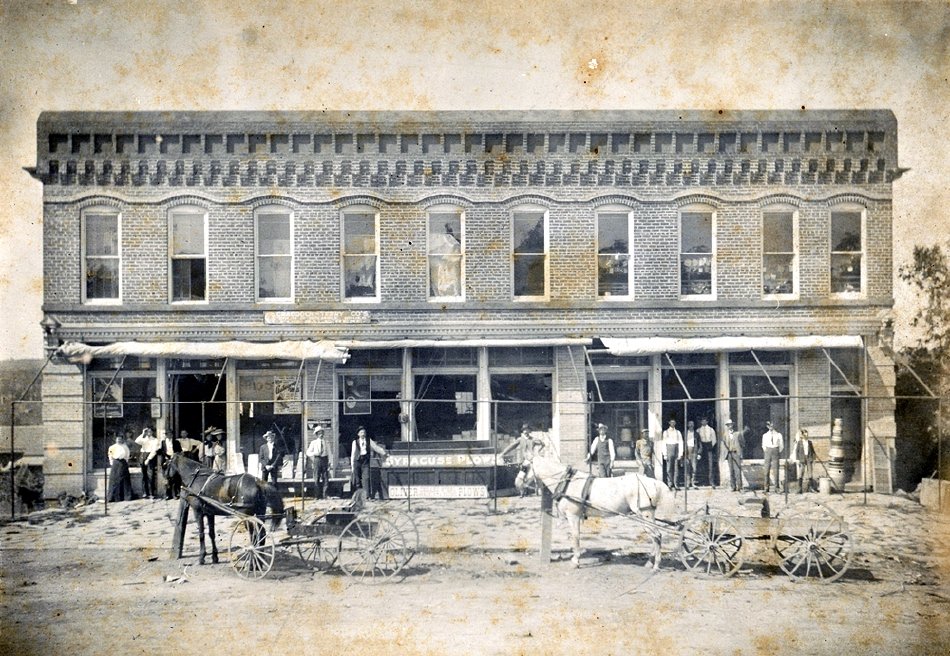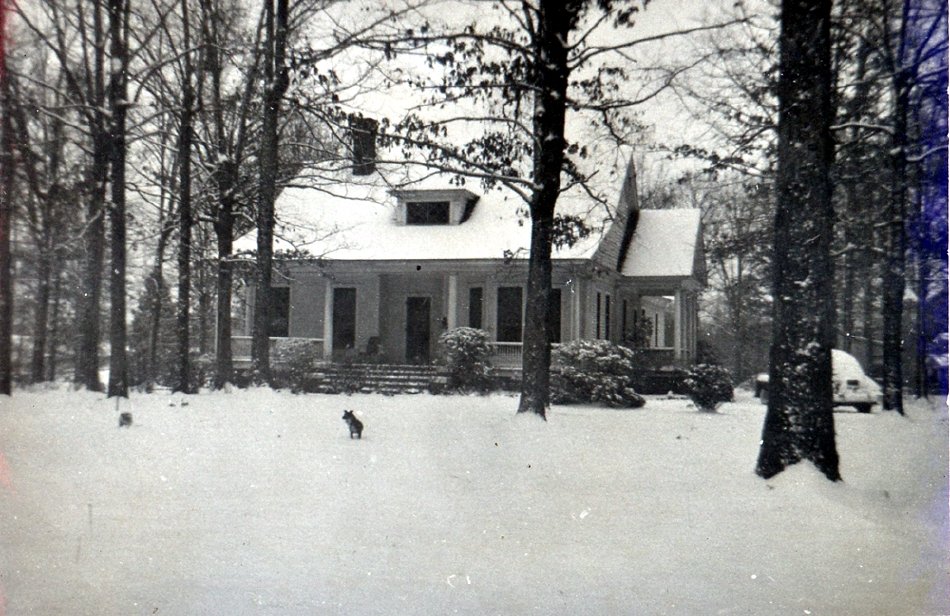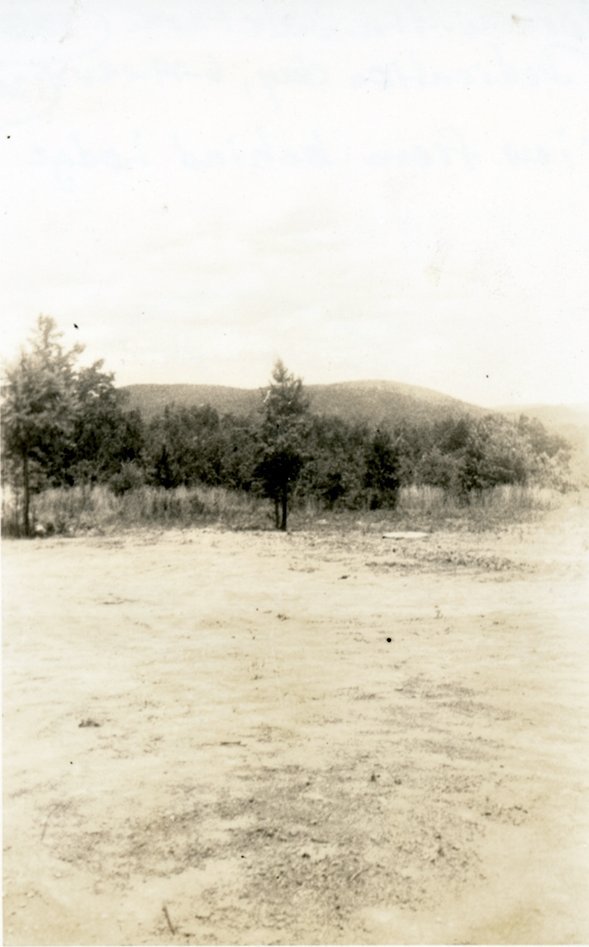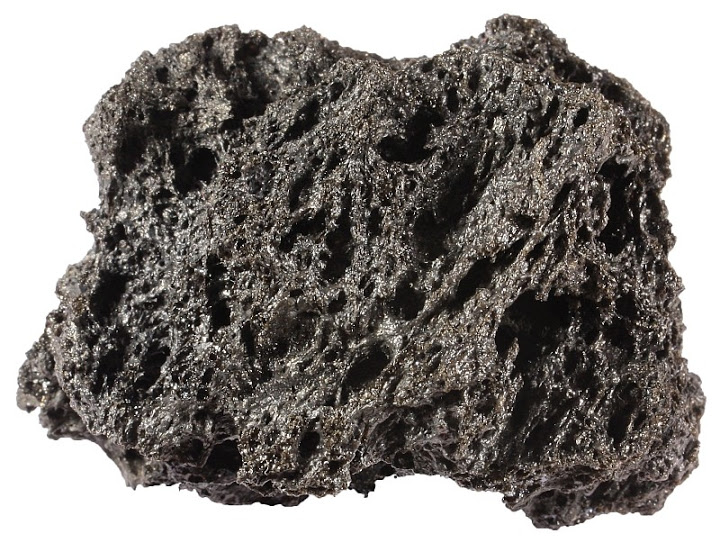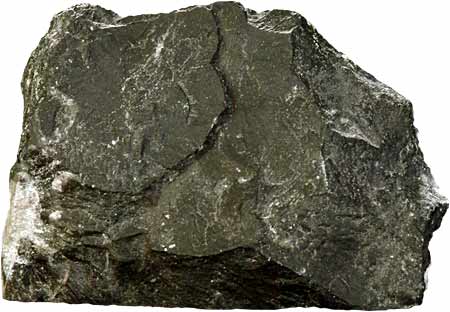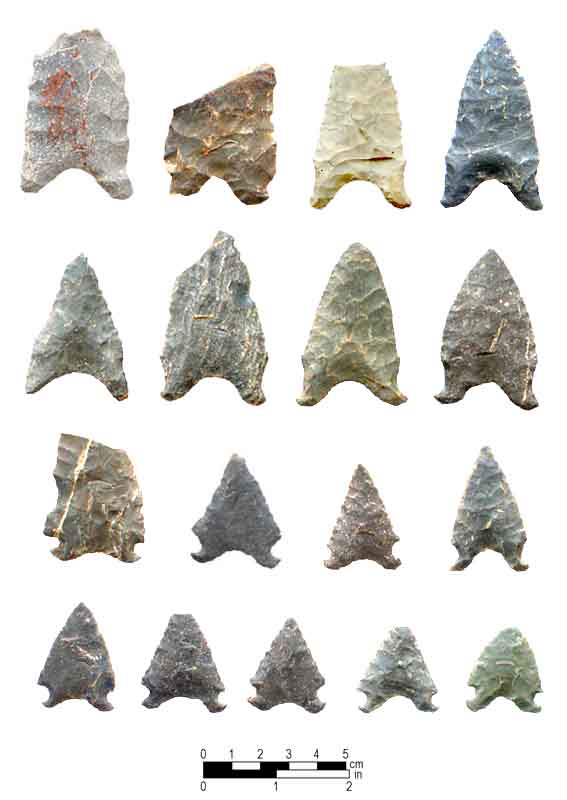Despite coming down with some kind of cold, I wanted to do at least one productive thing by the end of the day. And so, I went to the park just to get a little time in the sunlight and unwind after a rather stressful and busy week. So after parking my car under the cherry blossoms once more, which still looked absolutely beautiful by the way, I walked down that long, grassy field to the left of the library. I wanted to get some pictures and just relax while taking a little time to examine an area I hadn’t paid much prior attention to.
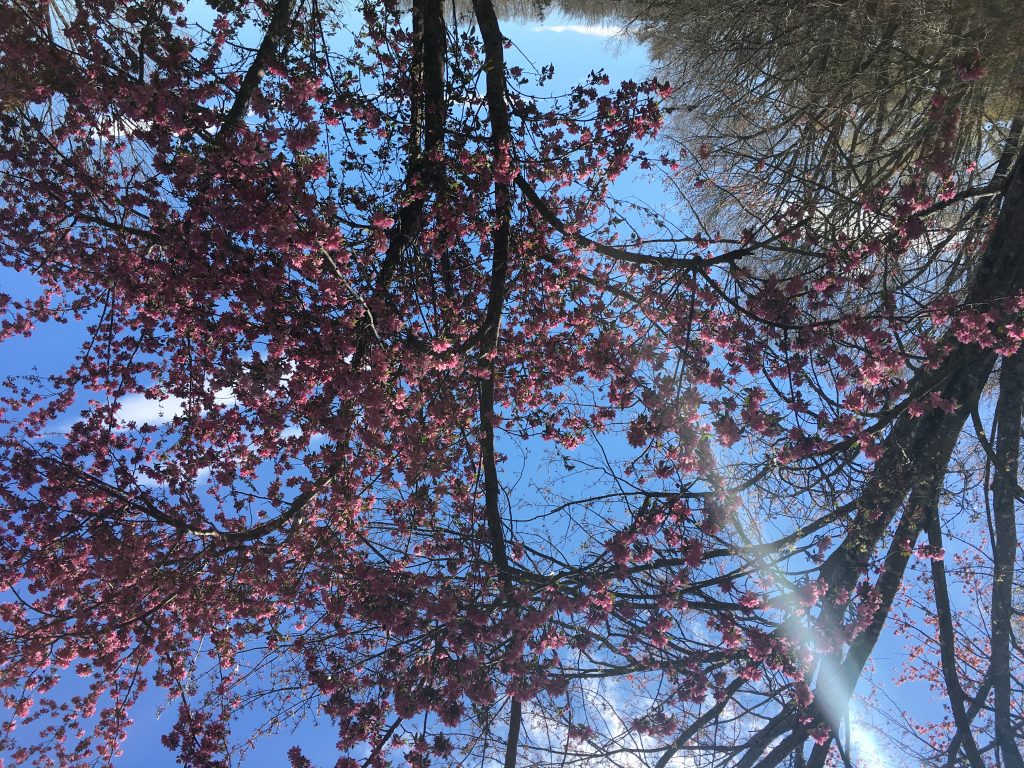
As I just sat in the field and snapped a few pics, I was captivated by one particular tree that had just begun to bloom, containing a purple flower of some kind as a gentle breeze pushed the branches. I tried doing a little research on this flower in the management plan but nothing concrete came up. Despite that, it was absolutely beautiful close up and as for the field itself, apparently it takes quite a bit of effort to keep the grass mowed. The plan mentions that while typical mowing is always an option, controlled burns are an effective albeit rather strange technique to try as well. It appears this technique has yet to be utilized recently as no evidence suggested it, but overall it’s a funny thing to think about in hindsight. After spending a decent amount of time near this tree, I decided I wanted to see the streams again and listen to the calming, heavenly sound it makes as it endlessly flows.
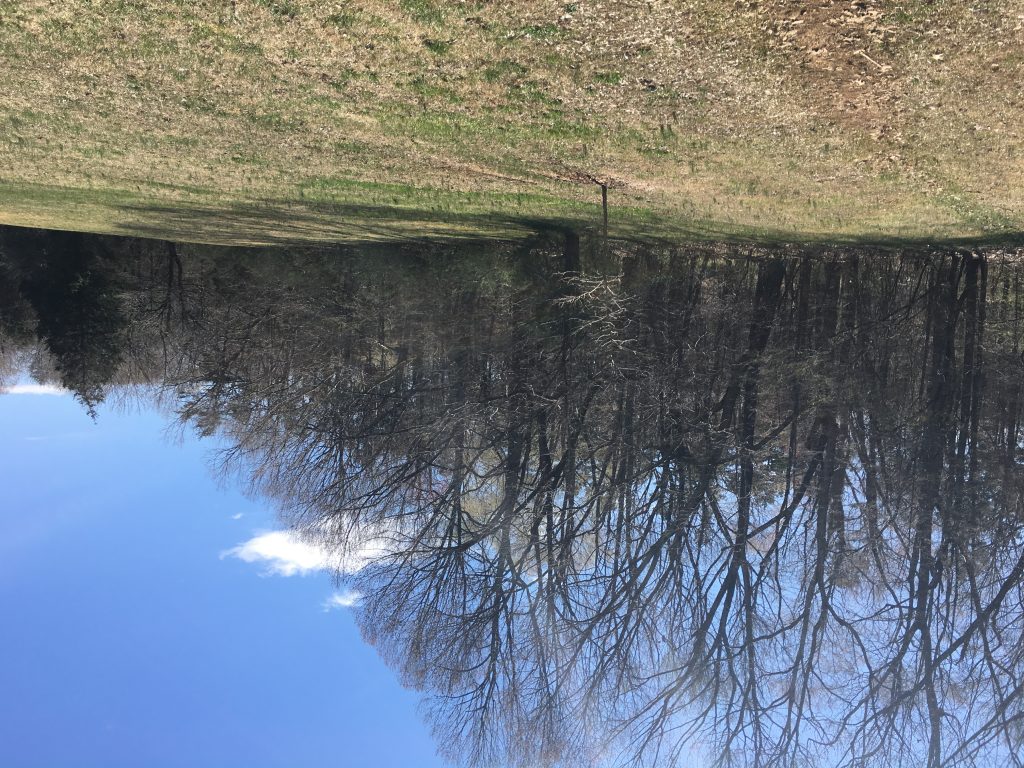
Upon entering the area of the streams, I was quite surprised to see that it looked a lot cleaner and clearer than in previous encounters. While certain areas still looked a tad bit murky, the majority of it was a clear, beautiful and almost crystalline looking stream that shined bright in the warm sunlight of Spring. While I was certainly happy to see the stream in better shape, I was curious as to why it looked cleaner. Despite the obvious assumption that perhaps it had been cleaned, I consulted the park’s management plan for a more official confirmation. While I couldn’t gather much on that, I did learn that the park’s streams take in quite a bit of runoff after major rainfalls and storms. In response, manmade streams have been formed in order to handle this but that doesn’t mean the pure streams are free of all runoff. So it led to my assumption that perhaps the combination of vegetation deficiencies and the previous rainfall led to that murkier look last time. Regardless, sitting on that smooth rock and just watching the stream run its course once again was utterly breathtaking and after a few decent minutes communing with nature, I decided to head home and nurse this cold.

However, there was something small and prickly I noticed while walking back: the Sweet Gum balls. While I never gave them much thought before, today they fascinated me for some reason and I wanted to see if the management plan had any intel on the little prickers. I learned that these things are a bit of a nuisance for the park and occasionally herbicides become involved when they get out of hand. Really made me realize that not everything in nature can have a deeper meaning to it and in the case of these little things, like we always assumed, they’re just a sweet nuisance and that’s all for now folks

